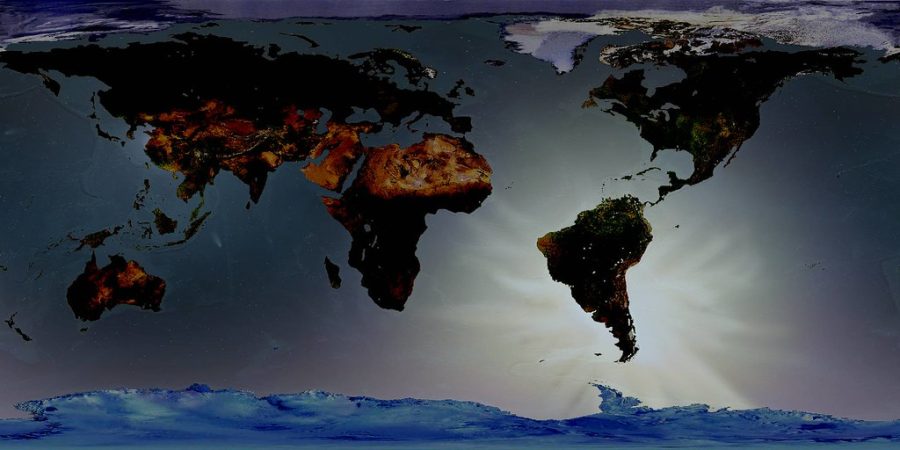A plea to humanity
Shedding light on global warming is crucial
The year is 2122, 100 years from this exact moment. By this time, what is left of Generation Z is their grandchildren, maybe even their great-grandchildren. What does the world look like for them right at this moment? The ozone layer is fully intact again and one may be able to walk outside and see a bright blue sky. Birds are chirping as they flap their wings gracefully in the air. They might be able to walk down the road and see acres upon acres of huge beautiful green thriving trees and some of these trees may even produce scrumptious fruits to pick at. They may flip on social media and see news about rainforests and how they are finally replenishing themselves after the mass destruction of them was caused 100 years prior.
Although this sounds like an amazing scenario where all is right in the world, speaking in the ways of climate, unfortunately, this is not the track that humanity is headed towards. The sad truth is that the future just described is borderline impossible to achieve unless action is taken right now.
A statement was released 31 years ago by leading and renowned scientists all across the globe and was called “World Scientists’ Warning To Humanity.” This was a four-page, brief, and to-the-point plea to humans about making changes, and they need to be made as quickly and efficiently as possible.
“Human beings and the natural world are on a collision course. Human activities inflict harsh and often irreversible damage on the environment and on critical resources. If not checked, many of our current practices put at serious risk the future that we wish for human society,” the published warning said.
The main objectives of this warning were that the environment is going into a gradual amount of distress and is proceeding to continue. The stratospheric ozone layer is depleting, which in turn threatens the world with ultraviolet radiation at the earth’s surface, which can be damaging or lethal to various life forms. Rivers are carrying heavy amounts of eroded soil and waste, which is partially toxic. Forests are rapidly being destroyed and by the end of the century, all or most rainforests will be extinct. Following forest depletion, the irreversible loss of species is a huge issue, and by 2100, there may be only a third of all living species that are alive today.
Just five years ago in 2017, a “25 years later” article was published reflecting on the years since the last warning was published. This article reiterated similar points because not many changes have been made since the 1992 edition was released. One point made was that the damaged ozone layer that was threatening humanity is now almost fully healed. Scientists made a plan on how to reverse the damages of this issue and were successful, which lead to a bigger point where if all of humanity, or at least a large percentage of humans dedicated themselves to helping the earth, changes can be made.
If a brighter tomorrow or at least a suitable world for our grandchildren and great-grandchildren to live in 100 years from now is something humanity would like to see, people must then become aware of what is going on today and make efforts to change for the better.



